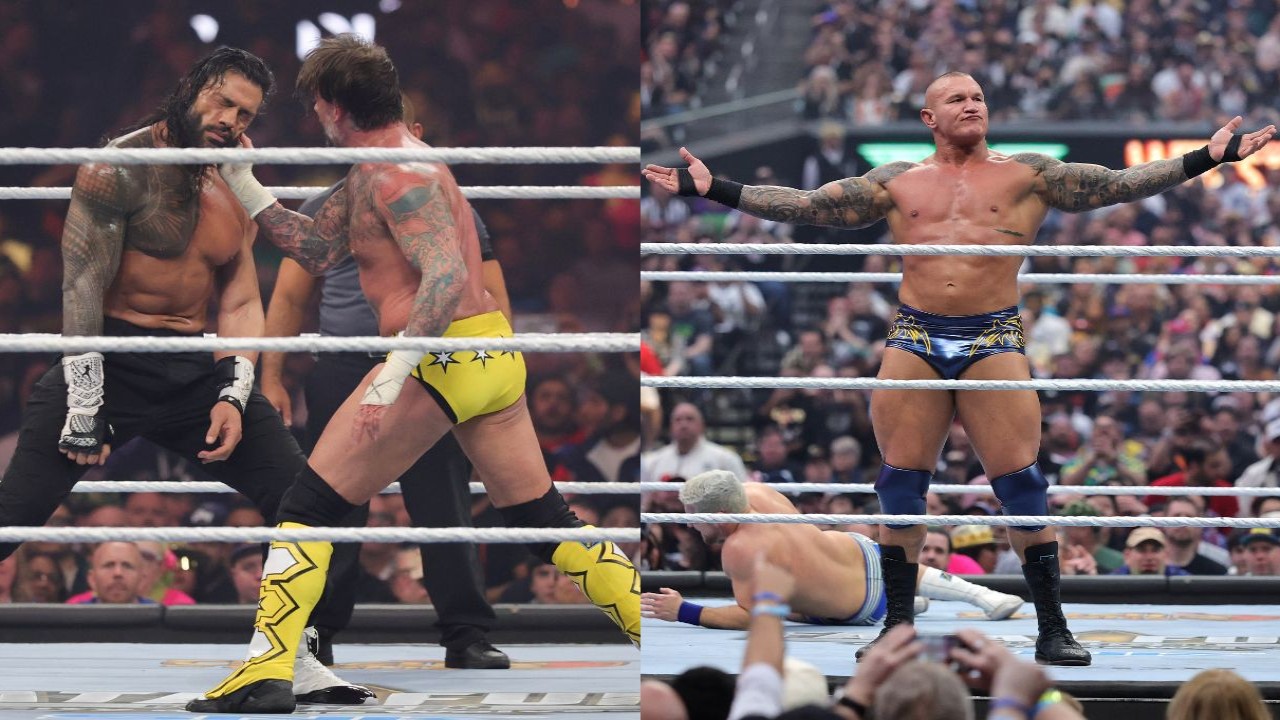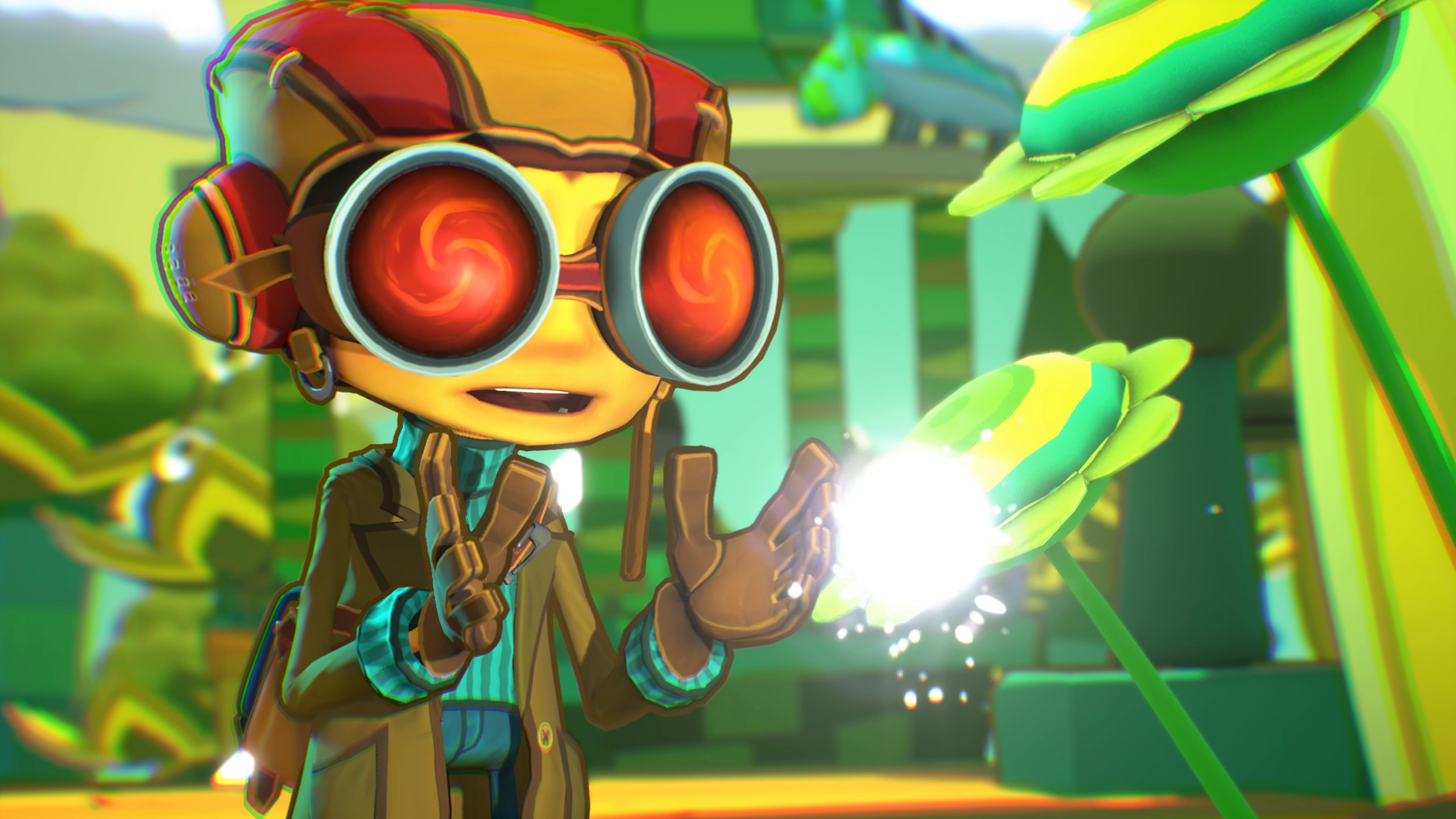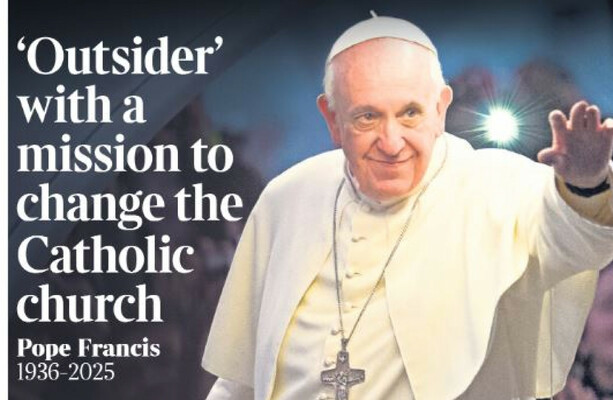Letters to the editor – April 22, 2025

(Not so) hidden realities of LGBT in Maltese society LGBT rights in Malta have come a long way since the 1960s. Dom Mintoff proceeded to dismantle the anti-sodomy act soon after taking power in 1971 and decriminalised same sex activity between consenting adults, notwithstanding vociferous disapproval by the conservative members of society and the ecclesiastical authorities. However, it was in the second decade of the 21st century that LGBT rights really took off. Virtually overnight, Malta shed its traditionally conservative attitudes, when extensive LGBT-friendly laws were enacted, to become the LGBT haven that it is today. Malta was the first country to outlaw detrimental conversion therapy. Same-sex couples enjoy full marriage rights, including the right to adopt children. Discrimination on the basis of sexual orientation is illegal. Our LGBT laws are truly stellar. This is a feather in our cap that we ought to wear with pride. Sadly, it is mission accomplished – not! While strong anti-discriminatory legislation is an essential prerequisite, it is only half the battle that has been won. Although Eurobarometer statistics show that, year after year, attitudes towards same-sex relationships have become more accepting, more work needs to be done. While not so commonplace, homophobic hate attacks are not entirely unheard of in Malta. A mere few days ago, a user of a dating app was lured by a gang of young people to a particular location and brutally beaten up, for no reason other than his sexual orientation. This is by no means an isolated case. A cursory look at comments on social media highlights that a significant sector of society still harbours ill-feelings towards non-traditional relationships. Hate is a disease; education is the much-needed medicine. Hate does not cease to exist with the stroke of a pen that enacts legislation. While the conservative voices among us chant the “hands off our children” mantra as their validation to keep gender education out of the classroom, no one is an unmentionable. Shielding children from the reality of diversity is presenting a photoshopped (read: dishonest) view of reality and propagates non-acceptance. What message does editing out LGBT reality in the school curriculum convey to young minds? Does it teach that people with same- sex attractions, or people who are not gender conforming do not (or should not) exist? What is wrong with teaching the values of acceptance and compassion? Why do we abhor the celebration of diversity? Why not equip children to understand and accept themselves should they eventually find that they are LGBT? It is well documented that the stigma associated with LGBT is conducive to increased levels of stress, anxiety and suicidal thoughts. A sound education is insurance against tragic outcomes. We have indeed come a long way but it is not yet time to rest on our laurels. Mark Zerafa – ADPD international secretary, Marsa















